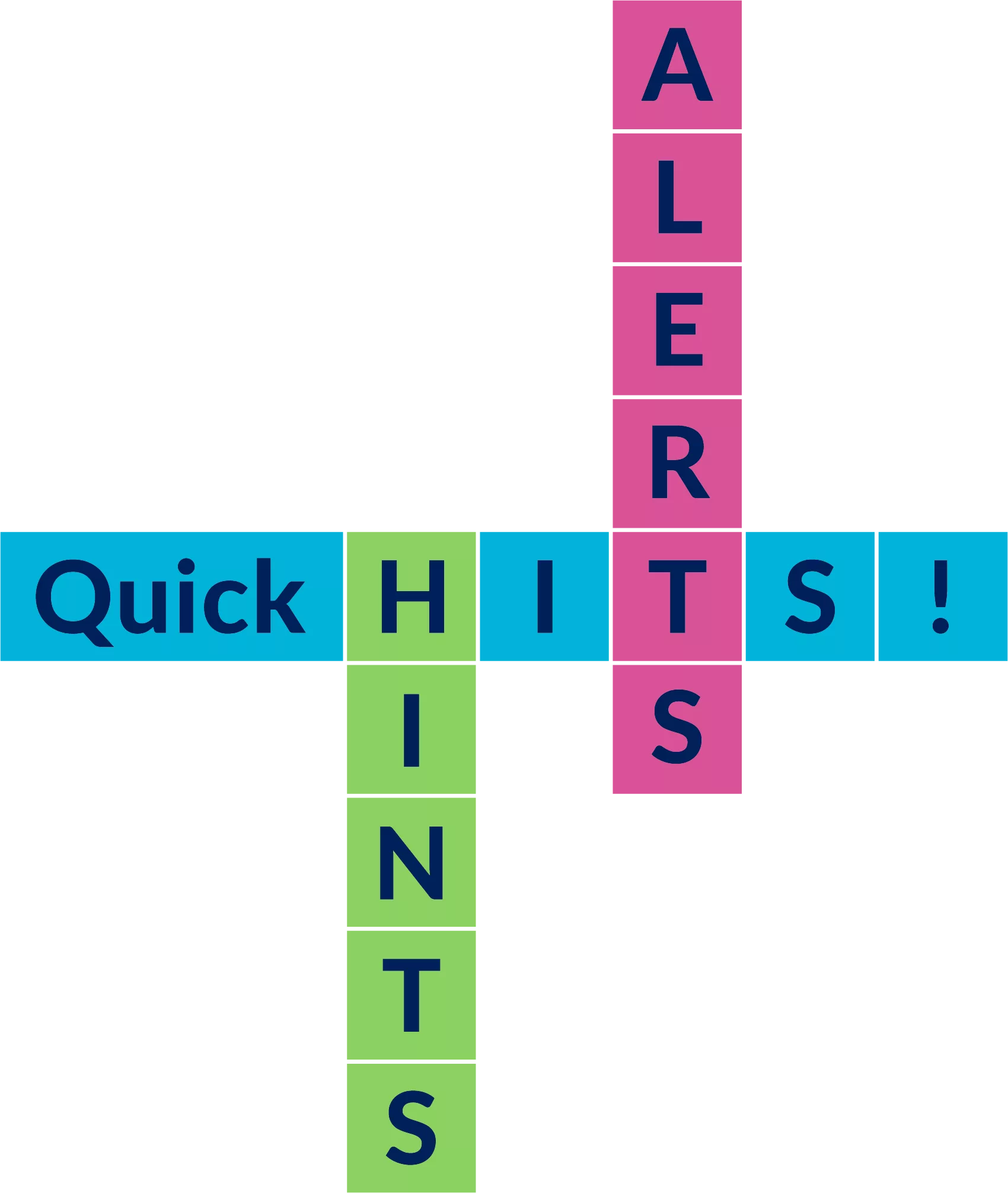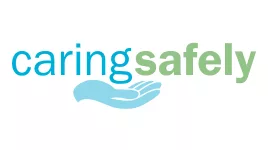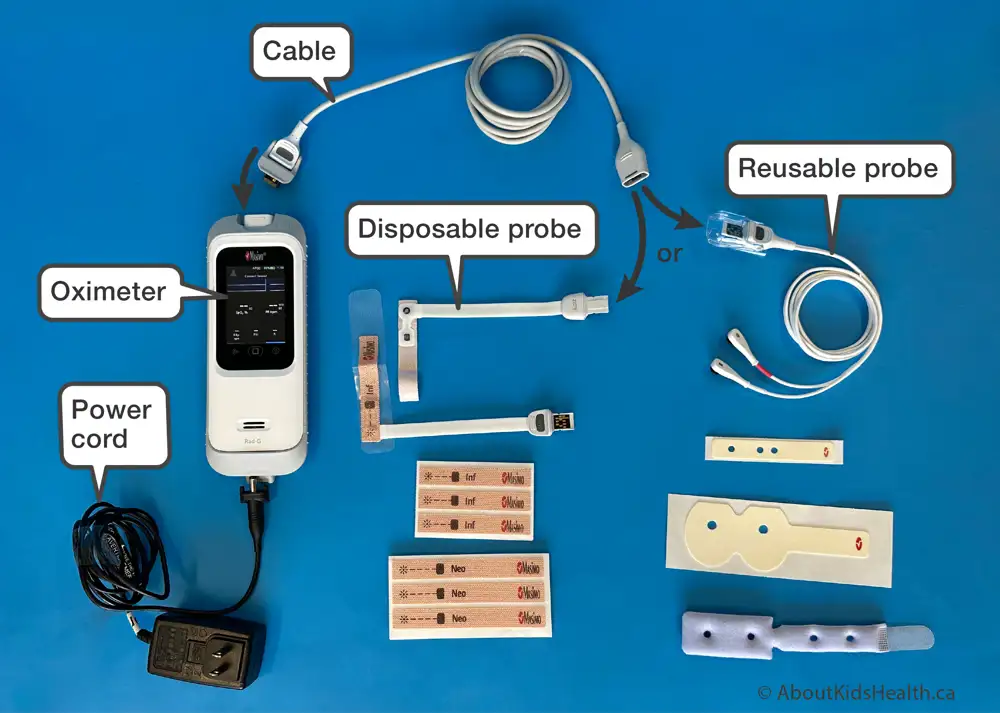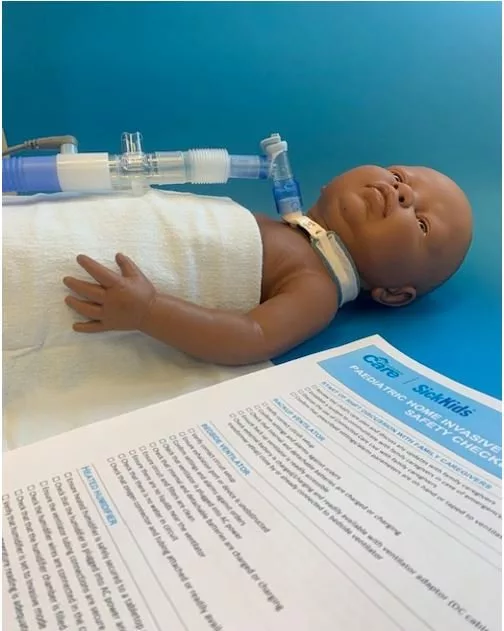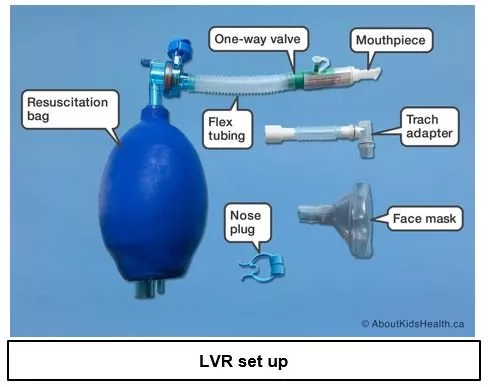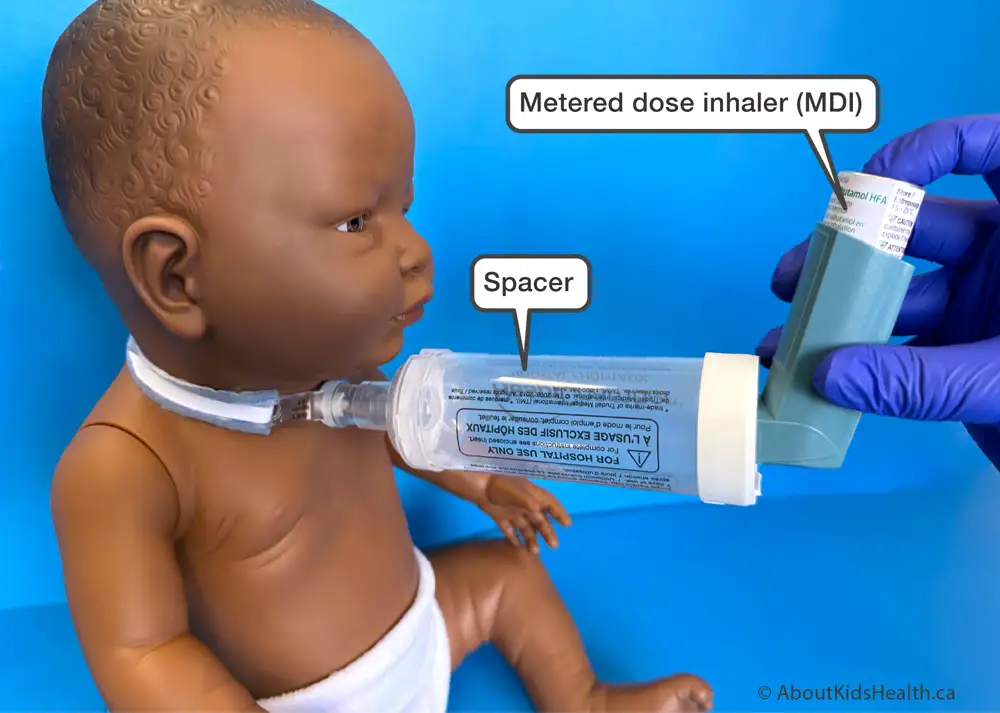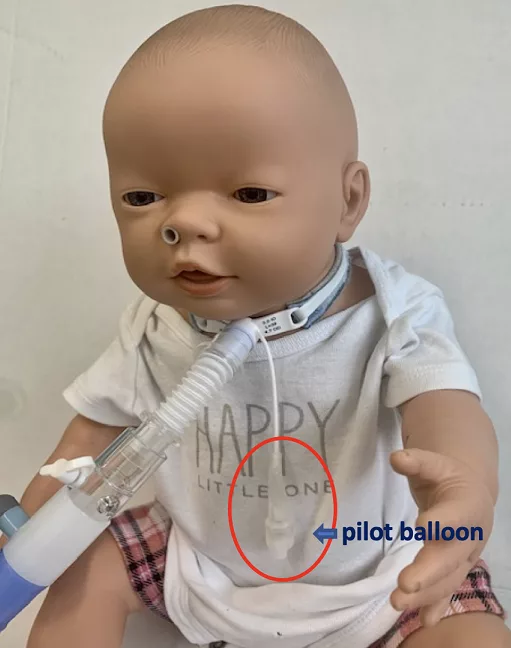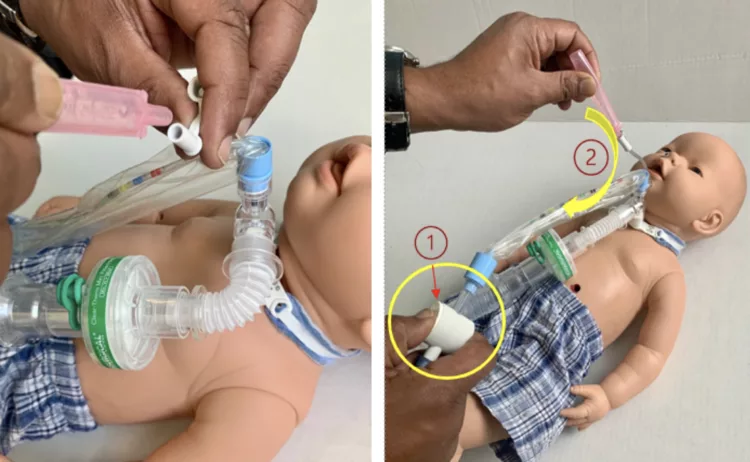SITUATION:
This QuickHit comes from a review of consults made to Connected Care Live and highlights the importance of using Safety Checklists as a resource for everyday practice in home care for children requiring respiratory technologies.
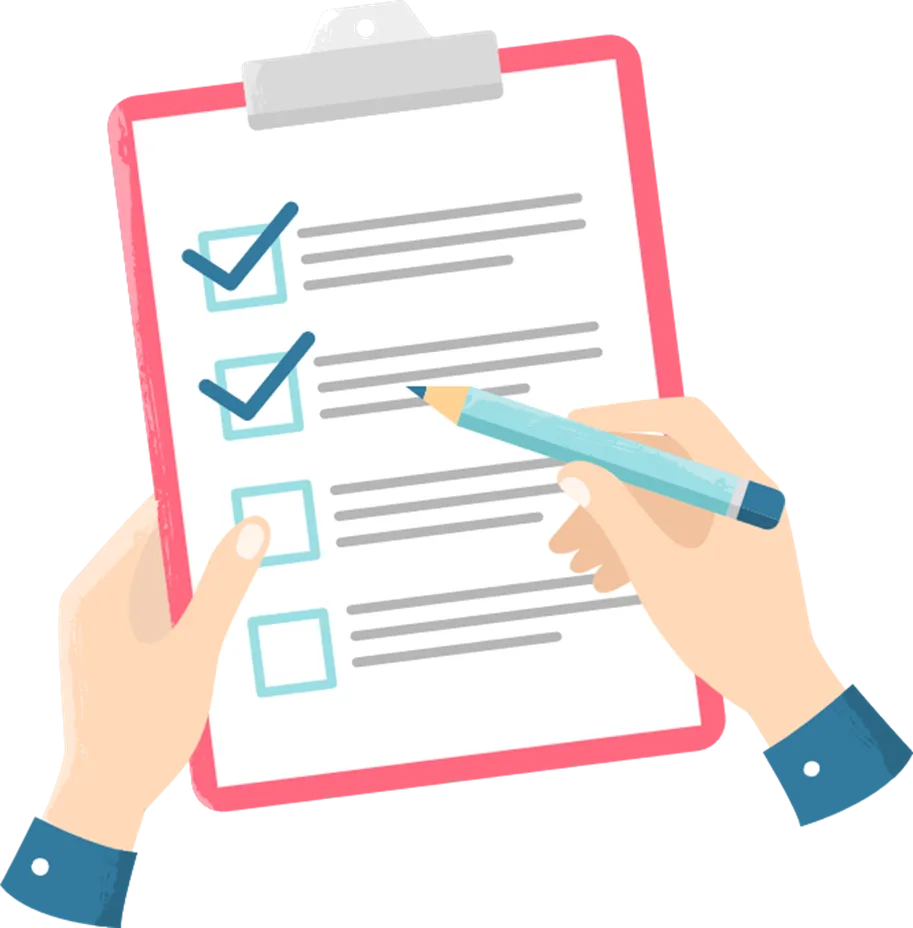
BACKGROUND:
Children using respiratory equipment require highly vigilant and skilled caregiving 24/7. Safety checklists are a helpful tool for all providers, family caregivers and home care nurses alike, offering a standardized approach to identify and address possible patient safety issues and promotes readiness for an emergency.
ASSESSMENT:
It is best practice for providers of children requiring respiratory technologies to assess the child’s environment, equipment and supplies at the start of each shift and/or with any change in location.
Safety checks include verification of accessibility and functionality of all equipment including backup/emergency devices and related supplies. Safety checks can also promote partnership between the child/family caregiver and the home care providers (nurses) by including review of the plan of how and who to call for help in the event of an emergency.
RECOMMENDATION:
Connected Care recommends using a checklist at the start of each shift to review necessary equipment required for the child’s care and ensure readiness in the event of an emergency.
Paediatric Safety Checklists recommended by Connected Care guides the provider through a review of the following:
- Start of shift discussion with family caregivers
- Patient assessment
- Review of care plan, orders, emergency plan
- Checks of all equipment and supplies (e.g. ventilators, humidifier, emergency tracheostomy kit, oximeter, oxygen, manual resuscitation bag, cough assist, etc.)
- Confirming accessibility and functionality of medical equipment
Examples of Connected Care Paediatric Safety Checklists for varying technologies
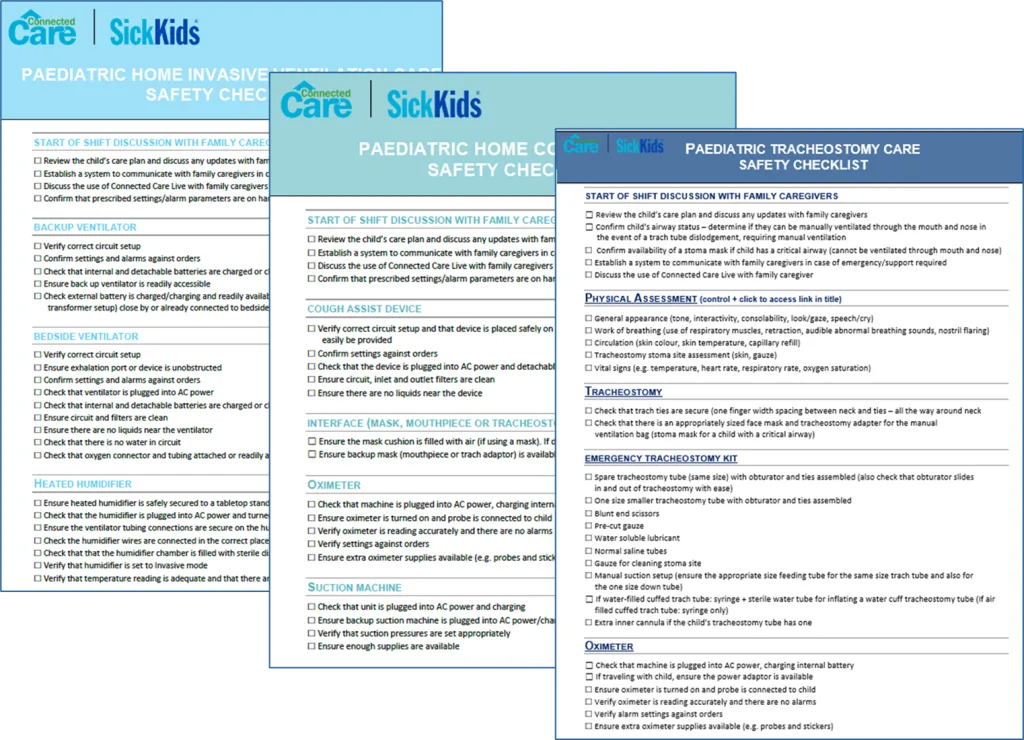
To access evidence-based safety checklists developed by Connected Care register to use Connected Care Live and search or consult us to locate them!
